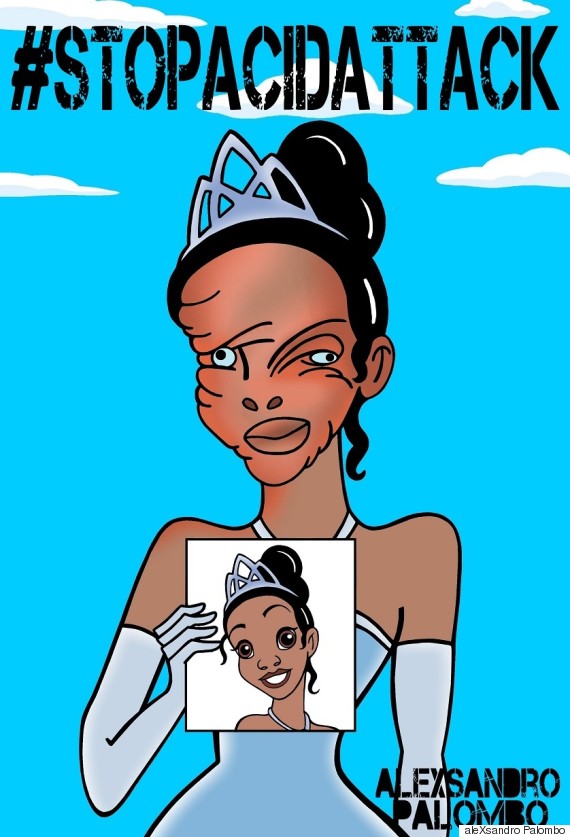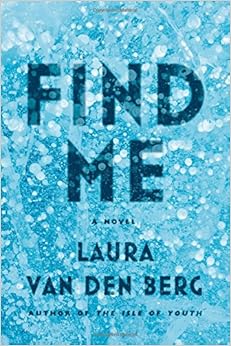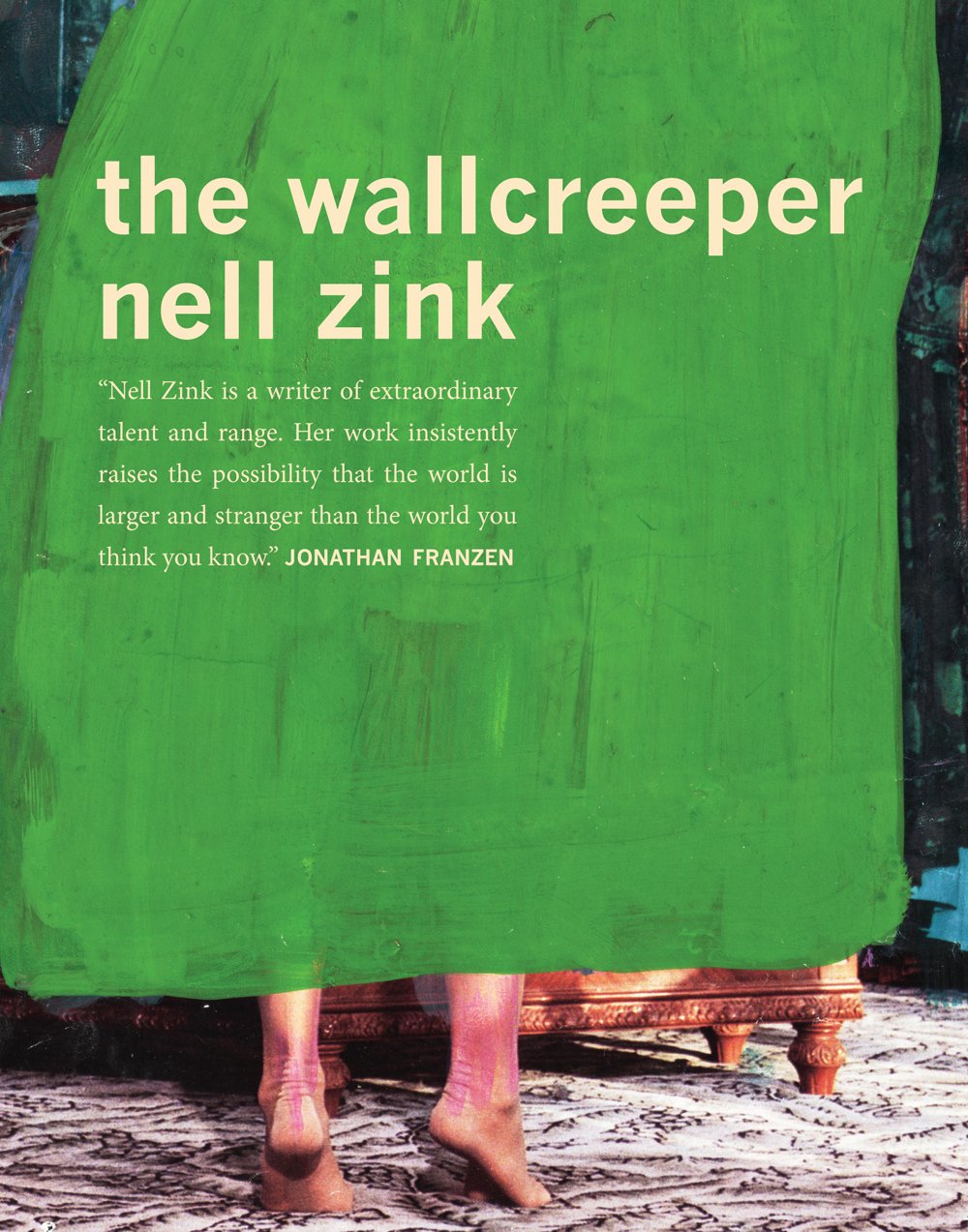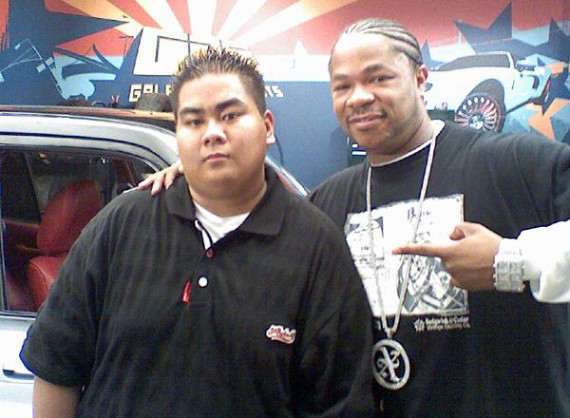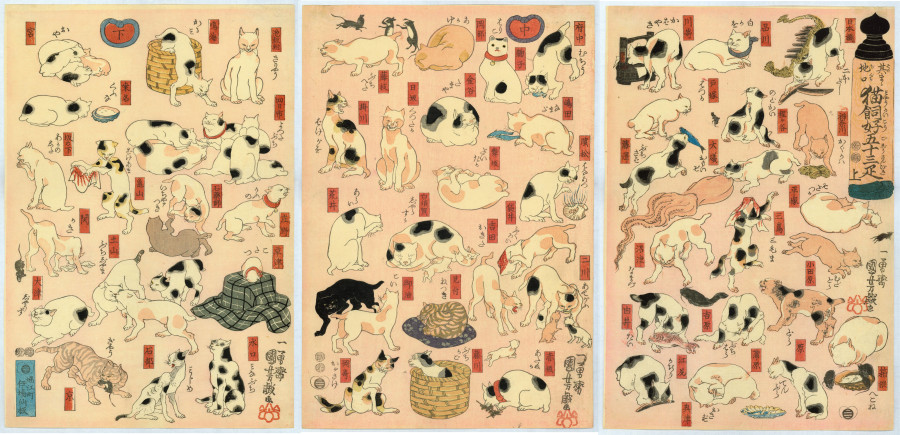This story originally appeared on Public Books
![atwood]()
![chang]()
![collapse]()
February 1, 2015 — Dystopia is flourishing. In the process, it is becoming routine and losing its political power.
If current fiction is to be believed, postapocalyptic wastelands will in the not too distant future be as common as parking lots, deadly plagues as widespread as the flu, and cannibalism no more unusual than a visit to McDonald’s. Dozens of writers have delved into the genre over the last decade, from newcomers such as Edan Lepucki (
California, 2014) to old hands like Cormac McCarthy (
The Road, 2006). Young adult novels in the genre abound, from Suzanne Collins’s
Hunger Games trilogy (2008–2010) and Veronica Roth’s
Divergent series (2011–2013) to Lydia Millet’s
Pills and Starships (2014). The scenarios stretch from hurricanes that devastate New York City, as in Nathaniel Rich’s eerily prescient
Odds Against Tomorrow (2013), to global infestations of genetically engineered species that drive humankind to the edge of starvation, as in Paolo Bacigalupi’s
The Windup Girl (2009). The fall season of 2014 added a host of new offerings in the genre, including David Mitchell’s
The Bone Clocks, Emily St. John Mandel’s
Station Eleven, Michael Faber’s
Book of Strange New Things, and Howard Jacobson’s
J.
Dystopia as a literary genre by and large developed in the 20th century, in the shadow of world wars, totalitarianisms, genocides, and looming threats of nuclear war and environmental crisis -- with a few earlier exceptions such as Jean-Baptiste Cousin de Grainville’s
Le dernier homme (1805) and Mary Shelley’s
The Last Man (1826). Over much of the 20th century, it functioned as a powerful tool of political criticism, from E. M. Forster’s “The Machine Stops” (1909), Yevgeny Zamyatin’s
We (1924), and Aldous Huxley’s
Brave New World (1932) to George Orwell’s
Nineteen Eighty-Four (1949), John Brunner’s
The Sheep Look Up (1972), and Marge Piercy’s
Woman on the Edge of Time (1976). From the crowd of more recent titles, Bacigalupi’s
Windup Girl distinguishes itself as a text with similar visionary power, among other things because it looks at the collapse of the current world order from Bangkok rather than New York or London. But many other recent dystopias fall flat even as they continue to sell copies: Margaret Atwood’s
MaddAddam, Chang-rae Lee’s
On Such a Full Sea, and Naomi Oreskes and Erik M. Conway’s
The Collapse of Western Civilization: A View from the Future point to some of the reasons why dystopias, far from unsettling their readers, have become familiar and comfortable. Their focus on details of everyday life makes survivalists hard to tell apart from hipsters, their portrayals of apocalypse tend to recycle well-known motifs from earlier science fiction, and their visions of the future serve mostly to reconfirm well-established views of the present.
Atwood’s
MaddAddam concludes the trilogy that began with
Oryx and Crake (2003) and continued with
The Year of the Flood (2009). In the first volume, as you may remember, the superbly talented bioengineer nicknamed Crake wiped out most of humankind with a lab-designed virus and replaced it with a new species, the Crakers, made from an innovative combination of human, animal, and plant genes. Humanoid in appearance but childlike and genetically deprogrammed from any tendency toward violence, culture, or spirituality, the Crakers were supposed to inaugurate a better future. Crake’s childhood friend Jimmy, one of the few survivors of the global plague, took on the task of shepherding them into their new life by telling them carefully crafted stories of origins and explanations of their present surroundings, converting genocide into genesis.
![photo]() Industrial landscape, Thames Estuary, London (2012). Photograph by Scott Wylie / Flickr
Industrial landscape, Thames Estuary, London (2012). Photograph by Scott Wylie / Flickr
Storytelling for the Crakers remains the focus of
MaddAddam. “Tell them a happy story,” says one of the survivors to Toby, the woman who takes over Jimmy’s role in this novel. “Vague on the details.… I just hope that fucker Crake doesn’t start performing miracles from beyond the grave.” Another one quips in reply, “Like turning everything to diarrhea? … Oh, excuse me, he’s already done that. Is there any coffee?” Such ironic switches from apocalypse to everyday routine and back also structure the architecture of the novel, which delivers the story of the world’s future in the alternating idioms of bedtime stories (for the Crakers) and rough-tongued adventure stories studded with vulgarities (for the humans). From the vast panorama of lies, self-deception, hypocrisy, exploitation, and violence the stories outline, a happy ending of sorts emerges: the surviving humans cross-breed with the Crakers, conclude a peace treaty with the highly intelligent pigoons (a bio-engineered kind of pig with a human neocortex), and summarily execute the remaining villains. But the bulk of the multilayered stories in
MaddAddam continue to be devoted to the grand narrative of how the world went to -- well, diarrhea.
Or, perhaps more to the point, how it came to be without coffee. For, if there is one thing that stands out about the deluge of dystopias over the last decade, it is their untiring attention to routines of everyday life. From McCarthy’s
The Road to Lepucki’s
California, the breakdown of energy, economy, consumption, health care, law enforcement, and many if not all forms of government leaves the characters adrift in wastelands where they have to forage for cans of beans and Oreo cookies amid looming threats of violence and cannibalism. They have to disinfect wounds with maggots, manufacture crutches from chair legs, and stitch together clothes from leftover bed sheets. The return to such hunter-gatherer ways of life is meant to indict, tragically or satirically, the destructiveness as well as the ultimate fragility of current socioeconomic systems, and to remind readers that commodities and services they take for granted may themselves be put at risk by “business as usual.”
IF THERE IS ONE THING THAT STANDS OUT ABOUT THE DELUGE OF DYSTOPIAS OVER THE LAST DECADE, IT IS THEIR UNTIRING ATTENTION TO ROUTINES OF EVERYDAY LIFE.
But such by now thoroughly familiar survivalist scenarios no longer seem particularly scary in Atwood’s novel, especially when they rely on the attractions of hipster DIY and maker culture in their attention to walking, traditional medicine, mushroom foraging, and roasting of local wild roots for coffee. Never mind that the clichéd scarcity economy here actually stands in tension with the fictional givens of Atwood’s world -- why would Oreos and clothes not be in abundant supply in her depopulated future? What really counts is that the characters, in their break from the corruptions of the past, no longer have to deal with things like crowded cities, cumbersome democracies, and complex technologies. Whatever the hardships of their lives may be, they are better off without the world of corporations, biotech, and the Internet -- even, apparently, at the price of genocide.
In its critique of this world,
MaddAddam lapses into simplistic black-and-white moralism. Adam and Zeb’s father, the hypocritical “Rev” of the evangelical “Church of PetrOleum,” is a caricature of violence, sadism, and villainy, as are the “Painballers,” rapists and cannibals who are executed at the end. That those who are judged to have been “reduced to the reptilian brain” can be dispatched by simple majority vote, without such bothersome complications as a judiciary system, also casts a shadow on the scenario of interspecies reconciliation on which the novel ends: pigoons with human neocortical tissue are worthy of a peace treaty, while some humans are obviously not. For all of its indictments of the mayhem and death obsession of the old society, the new society of the
MaddAddam trilogy relies on exclusion by violence, at both the micro- and macroscales. Since this remains the basic plotline, it is doubtful that the Crakers’ acquisition of their own storytelling and writing skills at the end promises any world better than the one whose demise the trilogy has staged.
What saves
MaddAddam from drowning in its own pieties is Atwood’s ironic juxtaposition of stories whose content and style clash with each other. The Crakers’ childlike ignorance and innocence are undercut by the rough and often vulgar but realist portrayals of the world by Zeb, one of the survivors. Zeb’s macho rebelliousness is put into a new light by his brother Adam’s far more underhanded and sophisticated resistance to the dominant culture before the genocide. The arbitrariness of the human survivors’ minimal culture is highlighted by the Crakers’ incessant questions about habits and objects foreign to their own way of life. This lively juxtaposition of alternating perspectives and idioms sustains the reader’s interest at times when the novel’s familiar and in the end fairly simple way of judging contemporary society will not.
............
Chang-rae Lee, a novelist better known for exploring issues of Asian American identity and experience, also presents a mash-up of well-known sci-fi themes and motifs in his novel
On Such a Full Sea, but twists them in such a way that readers cannot in the end be sure whether they are reading a dystopia or a subtle parody of dystopian fiction. A young man, Reg, disappears from a settlement called B-Mor that specializes in fish farming; his pregnant 16-year-old girlfriend, Fan, goes on a journey to look for him. Her voyage unfolds across a clear-cut tripartite social geography. B-Mor, the former Baltimore, settled by Chinese immigrants and rebuilt by them and a few remaining African American “natives” after some unnamed collapse, is a stable, moderately prosperous labor settlement. Its aquaculture caters to the privileged “Charter villages” that very few B-Mor children will ever become part of. Beyond B-Mor and the Charter towns lie the “counties,” lawless areas of poverty, illness, and political disempowerment. Reg, it gradually emerges, is partly African American; he may be immune to the dreaded “C” diseases (presumably different forms of cancer, though the novel doesn’t name them), and may therefore have attracted the interest of government agencies or pharmaceutical corporations. Fan’s baby, for this reason, might have commercial value.
May, might: motivations, agency, and causality often remain elusive in this novel, even protagonist Fan’s. Beyond the obvious social allegory of the three different settlement types, the real power networks of Lee’s society never become fully visible, and neither do the major character’s motivations and goals. This deliberate flatness -- a sharp contrast with the detailed psychological profiles of characters in Lee’s earlier novels -- is complemented by Fan’s journey through a series of scenarios that seem designed to stage familiar dystopian motifs. She is run over and nursed back to health by a veterinarian turned human doctor, Quig, a former Charter citizen who lost his practice when live pets were outlawed because of fears of disease. But she and Quig are captured by a family of cannibals from whom they barely manage to escape. And captivity looms yet again when Fan, somewhat later, ends up in the mansion of a wealthy couple who keep seven young women with surgically altered eyes as “pets.” Vikram Upendra, another doctor, allows Fan to get away in his ambulance when two of the young women become seriously ill, and introduces her to another wealthy Charter family, Oliver, Betty, and their kids. As it turns out, Oliver is none other than Fan’s own brother Liwei, long ago promoted from B-Mor resident to Charter citizen. But when Liwei’s wealth declines and he discovers the possible commercial value of Fan’s unborn baby, she is once again in danger.
MOTIVATIONS, AGENCY, AND CAUSALITY OFTEN REMAIN ELUSIVE IN LEE’S NOVEL.
If this sounds like a plot built from an unholy mix of Charles Dickens, Cormac McCarthy, and Paolo Bacigalupi -- long-lost family members, itinerant cannibals, and omnipresent fear of disease -- that is the point. More precisely, it shows that what matters is not so much the plot itself, with its fairly familiar ingredients, as what Fan’s departure and journey mean to those who remain in B-Mor. Reg’s unexplained disappearance and Fan’s voluntary exit trigger surprise, dismay, self-examination, and gradually mounting signs of social unrest in an otherwise stagnant community: “Stability is all here in B-Mor; it’s what we ultimately produce, day by night by day, both what we grow for consumption and how we are organized in neighborhood teams… In this difficult era the most valuable commodity is the unfailing turn of the hours and how they retrieve for us the known harbor of yesterday.” But once Fan has left, financial setbacks and diminished chances for upward mobility lead to the appearance of graffiti, vandalism of public places, and other signs that the community is no longer as stable as it once seemed. Fan’s venture into the unknown territories beyond B-Mor turns into a symbol of a hope for social change so vague that it doesn’t quite know what else to attach itself to.
B-Mor is not only the place where the middle class of the future lives; it is also the voice of Lee’s story.
On Such a Full Sea is narrated by a “we” that is by turns the voice of the B-Mor community as a whole, the voice of certain groups within the community (elders engaged in reflection or youths trailing Fan into a mall), and simply the voice of narrative omniscience. If the Internet in the novel is curiously parochial -- it seems to serve mostly for news and conversations within B-Mor, rarely as the vehicle of any communication to or from the world beyond -- the shifting narratorial “we” functions as an Internet that is at the same time omniscient and incapable of knowing anything that matters. The “we” narrator knows where Fan goes and what she does, but does not know what has become of Reg or where Fan will go at the end; it knows why Betty, Oliver’s wife, conspires with Upendra to liberate Fan, but not what Fan’s own motivations are; it traces the scattered manifestations of social unrest in B-Mor, but is incapable of projecting a vision of what new community it might produce.
In its shifts and turns, its convenient omniscience and inexplicable silences, this narrative voice is the true protagonist of the novel -- obsessed with Fan as the uncertain icon of a social revolution Lee doesn’t manage to envision in concrete terms. His allegorization of the hope for social change in this shifting, self-questioning, and uncertain collective voice is both the novel’s achievement and its shortfall: it generates some of the most original, beautifully lyrical, and gently satirical passages, but it ultimately blocks any persuasive social vision. In the end, however much Atwood’s clashing voices, by turns childlike, humorous, satirical, harsh, and vulgar, differ from Lee’s meditating, hesitant, searching collective voice, both of their portrayals of what is wrong with the present are too caught up in the dystopian clichés of the past to yield an innovative vision of the future.
............
The dystopian imagination falls even flatter when the imaginary future is simply used to reinforce present-day perspectives, as is the case in Naomi Oreskes and Erik M. Conway’s
The Collapse of Western Civilization: A View from the Future, a short science fiction–style text that developed from an essay on climate change Oreskes originally wrote for the journal
Daedalus. Collapse is a salient example of the migration of tropes and narratives strategies from science fiction to environmental nonfiction, which was already visible in books such as Alan Weisman’s
The World Without Us (2007) and Bill McKibben’s
Eaarth: Making a Life on a Tough New Planet (2010). It purports to be the report of a historian in the Second People’s Republic of China in 2393 who looks back at the long 21st century on the occasion of “the tercentenary of the end of Western culture.” This futuristic viewpoint does not emerge from the text itself but from the authors’ brief introduction:
Science fiction writers construct an imaginary future; historians attempt to reconstruct the past. Ultimately, both are seeking to understand the present. In this essay, we blend the two genres to imagine a future historian looking back on a past that is our present and (possible) future.
With no central characters or plot to speak of,
Collapse offers little in the way of narrative, and as a companion piece to Oreskes and Conway’s earlier nonfiction book
Merchants of Doubt (2010), it mostly confirms with historical hindsight current environmentalist critiques of climate change denialism and neoliberal economics. Climate scientists’ dire predictions, by the 24th century, have become realities: a temperature rise of 3.9 degrees Celsius, catastrophic heat waves and crop failures, social unrest, disintegration of the West Antarctica Ice Sheet and the Greenland Ice Sheet, an eight-meter sea level rise, and displacement of 20 percent of the global human population.
ORESKES AND CONWAY SEEM UNAWARE THAT SCIENTIFIC FACTS AND FIGURES IN DYSTOPIAN FICTION TEND TO OPERATE NOT ONLY OR MAINLY AS LITERAL TRUTHS, BUT RATHER AS SYMBOLS OF NARRATIVE URGENCY.
To this apocalyptic scenario Oreskes and Conway add a few more speculative ingredients: a geoengineering project that injects aerosols into the atmosphere starts in 2052, but is halted when it turns out that it stops monsoons in India and causes large-scale crop failures there; the outbreak of plague due to a new strain of the pest bacterium that kills half of humankind; and the genetic engineering of a lichenized fungus that rapidly consumes carbon dioxide. This fungus spreads rapidly around the globe and brings carbon dioxide levels back under control in the last decade of the 21st century -- an original but incongruous plot element, since it shifts the solution to climate change toward technology and away from the socioeconomic reforms the book is ostensibly meant to encourage.
In an interview appended to their short narrative, Oreskes and Conway indicate that in constructing their future scenario, they were influenced by Kim Stanley Robinson’s
Mars and
Science in the Capital trilogies. Yet none of Robinson’s detailed explorations of cultural differences resonate in
Collapse, let alone his pronounced utopianism: the 24th-century Chinese historian sounds very much like a left-wing American historian of the early 21st century.
That
Collapse is uncompelling as a piece of fiction does not in principle diminish its value as an attempt to bring environmental science to a broad audience -- though it seems doubtful that its dry, wonkish prose serves this purpose well. Nor are Oreskes and Conway the first environmental scientists to use dystopian fiction as a narrative tool. In 1968, Paul Ehrlich used science fiction vignettes in
The Population Bomb to drive home the human realities of his demographic projections, only to see himself fiercely attacked for scenarios that did not come true -- evidence, in the minds of his critics, that his scientific claims were also mistaken. Oreskes and Conway are aware of this pitfall. As they explain in the accompanying interview, “2093 felt close enough that it was scary, but not so close that the year would come and go within our lifetimes and people would say -- see you got that wrong!” Yet they seem unaware that scientific facts and figures in dystopian fiction tend to operate not only or mainly as literal truths, but rather as symbols of narrative urgency: the bigger the predicted disaster, the greater the call to social change. And even though they acknowledge the importance of economics rather than science in the climate change crisis, their book delivers little in the way of an alternative economic vision, and in the end falls back on biotechnology as the solution to the crisis.
Contemporary dystopias, as these examples show, aspire to unsettle the status quo, but by failing to outline a persuasive alternative, they end up reconfirming it. This weak cocktail of critique and complacency may explain the current popularity of “apocaholism,” as biologist Peter Kareiva has called it. Dystopian science fiction seems like a ready-made tool with which to engage current social and environmental crises -- but only because it so often recycles worn scenarios from the apocalypses of the past. At this point, postapocalyptic wastelands have themselves become too reassuringly familiar. Perhaps Michael Crow, the president of Arizona State University, was right in accusing writers of dystopian fiction a few years ago of being complicit in pervasive social pessimism, and calling on them for new utopian visions. When dystopia becomes routine, science fiction writers have new tasks cut out for them.
Ursula K. Heise is a professor in the Department of English and at the Institute of the Environment and Sustainability at UCLA, and a 2011 Guggenheim Fellow. Her books include Chronoschisms: Time, Narrative, and Postmodernism (1997), Sense of Place and Sense of Planet: The Environmental Imagination of the Global (2008), and Nach der Natur: Das Artensterben und die moderne Kultur (After Nature: Species Extinction and Modern Culture; 2010). She has just finished a book called “Where the Wild Things Used to Be: Narrative, Database, and Endangered Species.” Her website is www.uheise.net.
See more at Public Books here





